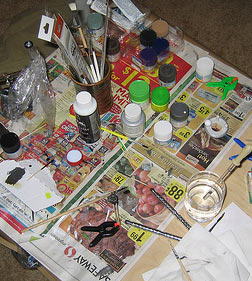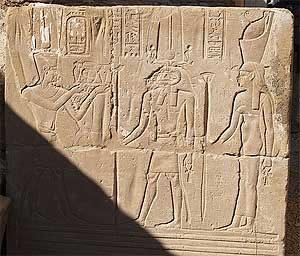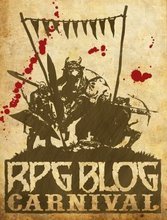 Just recently I’ve rediscovered the art of painting miniatures. I’d dabbled with it in high school and again in college, but I was never really happy with my results. At that time, before the Internet, it was difficult to find information on how to paint minis and I was reduced to trial and error, since no one else I knew did it.
Just recently I’ve rediscovered the art of painting miniatures. I’d dabbled with it in high school and again in college, but I was never really happy with my results. At that time, before the Internet, it was difficult to find information on how to paint minis and I was reduced to trial and error, since no one else I knew did it.
Not so anymore. With the Internet, there’s a wealth of mini painting resources available. Here’s some the ones I really like:
- Brushthralls.com. This is a blog devoted to miniature painting. While it hasn’t been updated since 2009, it’s still has a lot of great articles available.
- Cool Mini or Not. This is a forum for miniature painters. They have a slew of articles on just about every aspect of painting you can think of.
- Dr. Faust’s Painting Clinic. Offers a whole slew of painting tutorials from highlights and shading to creating believable flesh tones to basic sculpting.
- How to Paint Miniatures.com. Just as the name says, this site will take you step-by-step through painting miniatures. Offers both beginning and advanced tutorials.
- Jenova Project: Tips and Tutorials. Has a variety of painting tutorials, including recipes for creating various skintones.
- Miniature Mentor. If you like video tutorials, this might be the site for you. They offer both beginning and advanced to tutorials for download and some on DVD for an extra charge. I haven’t tried any of them yet, so I can’t vouch for how good they are.
- Necromancer Tales Miniatures: Tutorials, How-To, and Tips. Has a variety of tutorials, including several on building great bases for your minis to stand on.
- Painting Miniatures Figures Made Quick and Easy. While aimed at the miniature wargamer, who wants to turn out whole regiments as quickly as possible, this site is still a great tutorial for the basics, even if your minis are one at a time labors of love.
- Reaper Miniatures: The Craft. The granddaddy of miniature makers has a whole host of articles on their site. One of my favorites is on how to replace those gigantic swords.
- The Ultimate Miniature Painting Guide. Offered by Cool Mini or Not, this is a PDF book of 400+ pages. While it could’ve desperately used some good copy editing (there are places I’ve had to guess the author’s meaning), it’s chock full of great mini painting advice, covering everything from preparing your miniature to painting to making bases to photographing your minis. At $10, it’s a book that’d be a steal at twice the price.
[Photo courtesy of dalangalma at Flikr Creative Commons]
Related articles by Zemanta
- What happened to the articles on painting minis? (rpg.brouhaha.us)
- Painted Vs. Unpainted Miniatures (dicemonkey.net)
- Radal Earthhewer, Dwarven Runepriest (dicemonkey.net)
- Reaper Miniatures Purchase from Outsyder Gaming (outsydergaming.com)
- How-To: Cast your own miniatures from a master model (makezine.com)
- Projects ≫ Creations ≫ Miniatures From Sculpey (cutoutandkeep.net)








